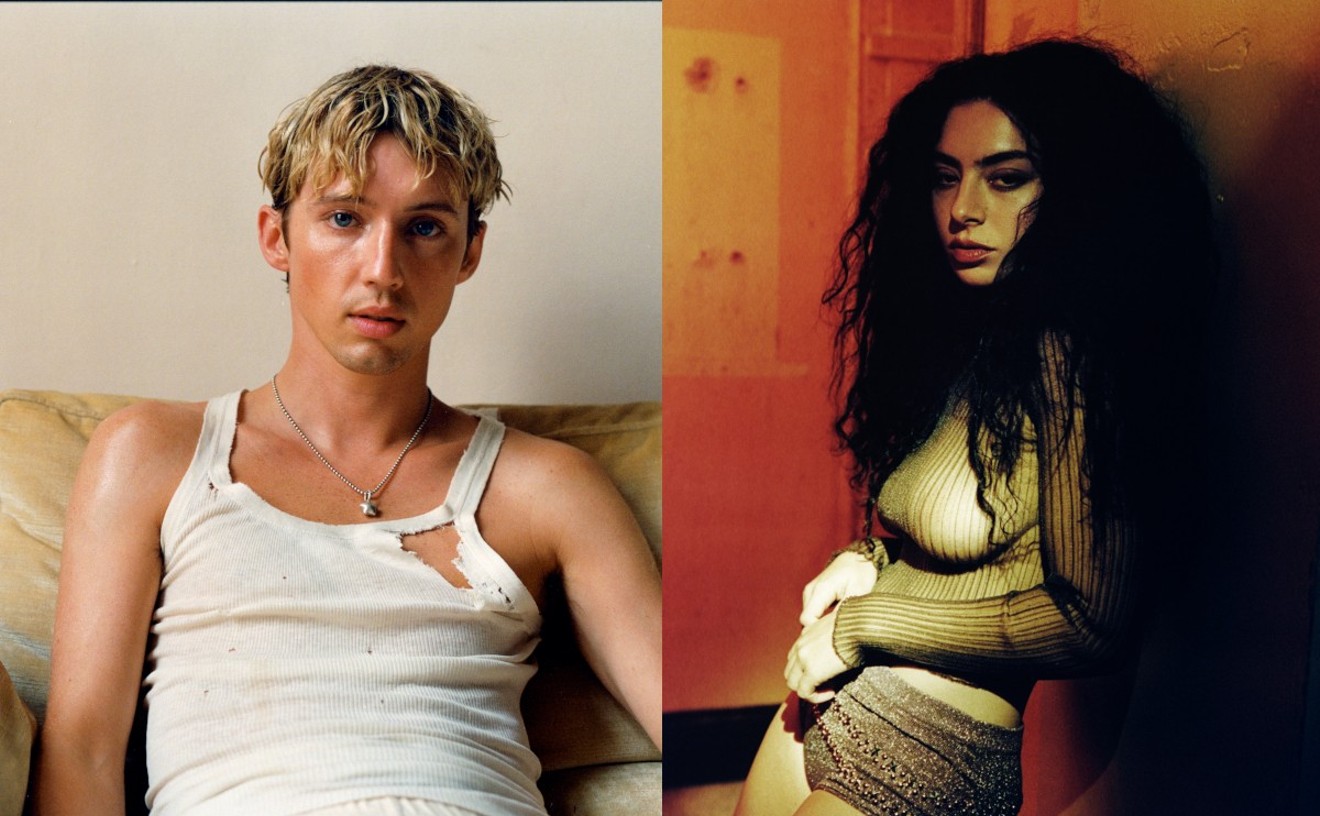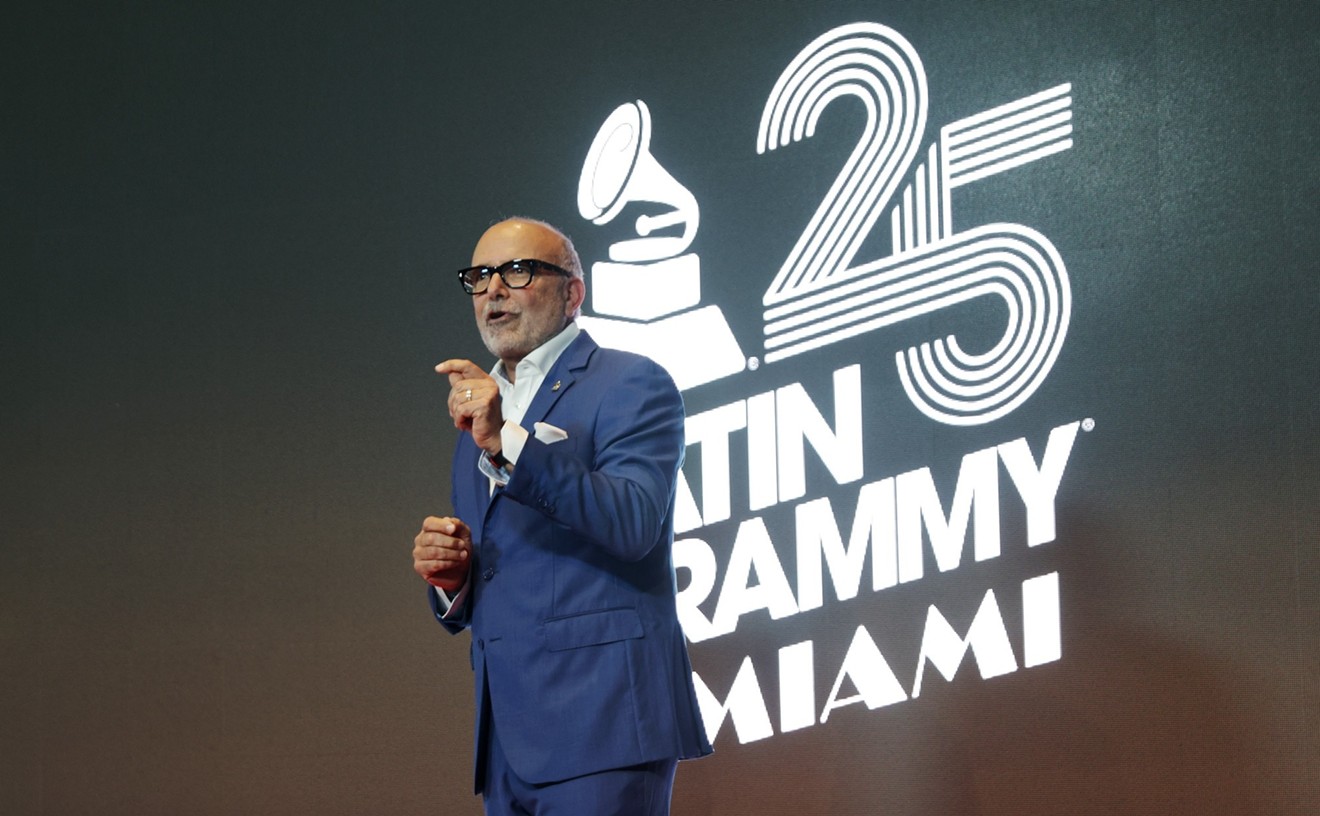Over the last few years, however, popular music has found a new gene pool to dip into: film music. Electronica bands have proven particularly adept at this, perhaps because electronica is almost completely free of the old rock 'n' roll chords, verses, and choruses. Instead electronica artists look for moods, textures, atmospheres, bits of dialogue, curious sounds, and new arrangements, all of which can be found in film scores.
Last year Rykodisc teamed up with MGM Studios, Inc. to release a series of classic soundtracks. So far the results have been overly familiar scores from films such as Chitty Chitty Bang Bang and Some Like It Hot. But MGM also happens to own the old United Artist Pictures library. Earlier this month Rykodisc released five obscure gems -- some fine, some deeply flawed -- from United Artists. They date back to the '60s, a decade that has so far offered electronica artists the most riches.
Already plundered to depletion are the most popular soundtracks, most of them written by the influential composer John Barry. Mono sampled "The Ipcress File" for its song "Life in Mono," Sneaker Pimps borrowed a bit of "Golden Girl" for their single "6 Underground," and Propellerheads covered "On Her Majesty's Secret Service," all Barry compositions.
Barry was one of the first film composers whose pop chops were stronger than his classical sensibilities. Before the rise of rock 'n' roll, film music modeled itself after classical European works. Two of the most popular film composers of the '30s and '40s, Erich Wolfgang Korngold and Max Steiner, were Austrian and schooled in opera. But Barry was British and schooled in rock 'n' roll. He was born in 1933, served his country during World War II, and later formed an R&B combo called the John Barry Seven. One of his earliest forays into film music was a lurid teen-flick called Beat Girl (1960), but he's best remembered for his brassy, dynamic work on the early James Bond films. (It's worth pointing out, however, that a little-known songwriter named Monty Norman wrote the actual Bond theme.)
Barry lived in the heart, physically and artistically, of swinging London. He dressed snazzily, drove a Jaguar (he could afford one after the Bond scores brought him so much work), and briefly dated the actress-chanteuse Jane Birkin. He was the perfect choice to score The Knack... and How to Get It, Richard Lester's 1965 comedy. Lester himself was keenly attuned to the burgeoning pop culture of the '60s. He directed the Beatles' first films, A Hard Day's Night and Help!, and made The Knack in between the two. For Barry the film was just one of four (including The Ipcress File and Thunderball) that boasted his music that year.
For The Knack Barry penned mostly light jazz tunes with spry, muted trumpets, tiptoe xylophones, and buoyant strings. It's the kind of fun-yet-wistful, strolling-the-streets music that bands such as Mono and the High Llamas are making now, though often with the help of samplers. In fact, the Barry track "Doors & Bikes and Things" features a violin crescendo so rapid and repetitive it almost sounds sampled itself. Even Barry's hokey theme song "The Knack" (unctuously crooned by a fellow named Johnny De Little) sounds modern: a somber ballad full of minor chords and descending passages, with a harpsichord rounding out the gray mood. Half the songs on Mono's debut, Formica Blues, sound exactly like it.
Barry laid the harpsichord on thick when he scored The Whisperers, a forgotten drama from 1966. It starred Dame Edith Evans, a legendary stage actress then 79 years old, as a lonely old woman beset by imaginary voices. Barry's score is appropriately dreary, though he couldn't help but sneak in a brooding saxophone number called "Nobody and Nothing -- Jazz." It's the one highlight in this otherwise conventional effort.
Though they couldn't match Barry as film composers, Burt Bacharach and Hal David beat him hands down as pop songsmiths: They're responsible for the hits that launched the careers of the Carpenters and Dionne Warwick. They did plenty of film work, their best being the 1969 classic Butch Cassidy and the Sundance Kid. Their worst may have been the 1966 comedy After the Fox. Most of those involved with the film probably consider it a low point. Peter Sellers, Britt Ekland, and Victor Mature star, and Neil Simon wrote the script. But the most surprising name on the credits is that of Vittorio De Sica, the godfather of Italian neo-realist cinema. Unsurprisingly, the comedy flopped.
The soundtrack is mostly corny novelty stuff, but it's exactly the sort of musical dreck that has inspired Cornelius, the Japanese indie-rocker who released his American debut, Fantasma, in March. Critics have praised Cornelius' inventive mix of studio trickery (such as vocal hisses and pops), odd sounds (such as bells and horns), and sunny, '60s-style melodies. Bacharach and David pretty much did the same thing here. The theme song (performed by Peter Sellers and the Hollies, of all people) is a piece of fluff, but its harmonies are incredibly complicated and it also features a peculiar vocal imitation of a high hat. Elsewhere, Bacharach and David indulge in comedic marches and music box ditties punctuated by the resonant bonging of church bells, all of which find their cartoonish counterparts on Cornelius songs such as "The Micro Disneycal World Tour" and "Magoo Opening."
More dreck, though of a different sort, can be found on Here We Go 'Round the Mulberry Bush (1968), directed by Clive Donner. It's one of countless "sexual revolution" comedies that appeared in the '60s, and its plot concerns little more than the travails of a young man trying to get laid. The film was basically an excuse to put good-looking youths in hip clothing -- and to get the Spencer Davis Group and Traffic to contribute some hopeful hits to the score. (It didn't happen.) Mulberry Bush probably made for better viewing than listening: There are few things less exciting than mediocre psychedelia.
The prize jewel of this set of soundtracks is Michel Legrand's Oscar-winning score for the 1968 romantic thriller The Thomas Crown Affair. The film stars Steve McQueen as an aristocratic bank-robber and Faye Dunaway as an investigator trying to seduce him. Norman Jewison transcended the amateurish script (thrown together in a few weekends by a Boston attorney) by directing with astonishing flair and pizzazz. Almost half the story is told via montage of a sort that's simply no longer seen in the movies: split screens, images repeating across a black background, multiple scenes playing out like a mosaic. Jewison's creative editing -- double-takes, overlapping sound, rapid-fire parallel sequences -- turns the film into a stylistic triumph.
Legrand's score is delightfully atmospheric, with echoing flutes and quirky trumpet solos. Here and there he employs an almost inaudible string section that creates a murmuring cushion of sound. Today "ambient" artists employ synthesizers to create the same effect, since computers can remove the "attack" (the initial sound of a plucked string or a struck piano-key) and leave the "sustain" of a given note. Legrand did it with his arranging skills.
The standout track here is "Playing the Field," a fast-moving piece with multiple instruments -- xylophone, harpsichord, perhaps an organ or piano -- creating fluid cascades of sound. During the song's trumpet solo, a snare drum flutters away in the background. It would be a stretch to cite this as a precursor to the speedy beats of jungle, but the general vibe is there: hyperactive and mellifluous at the same time. A similar track, "The Boston Wrangler," has a xylophone riff that starts and stops in such a catchy manner that it's surprising someone hasn't sampled it yet. Compared to the jazzier jungle being made today -- Roni Size's debut, for instance -- some of Legrand's pieces sound as though they were put together just last week.
Perhaps if more of these soundtracks are unearthed, electronica bands will have even more old treasures to freshen up and incorporate into their music. In the meantime even the weakest of the Rykodisc releases are more intriguing than most of the tired rock 'n' roll that's currently topping the charts.










